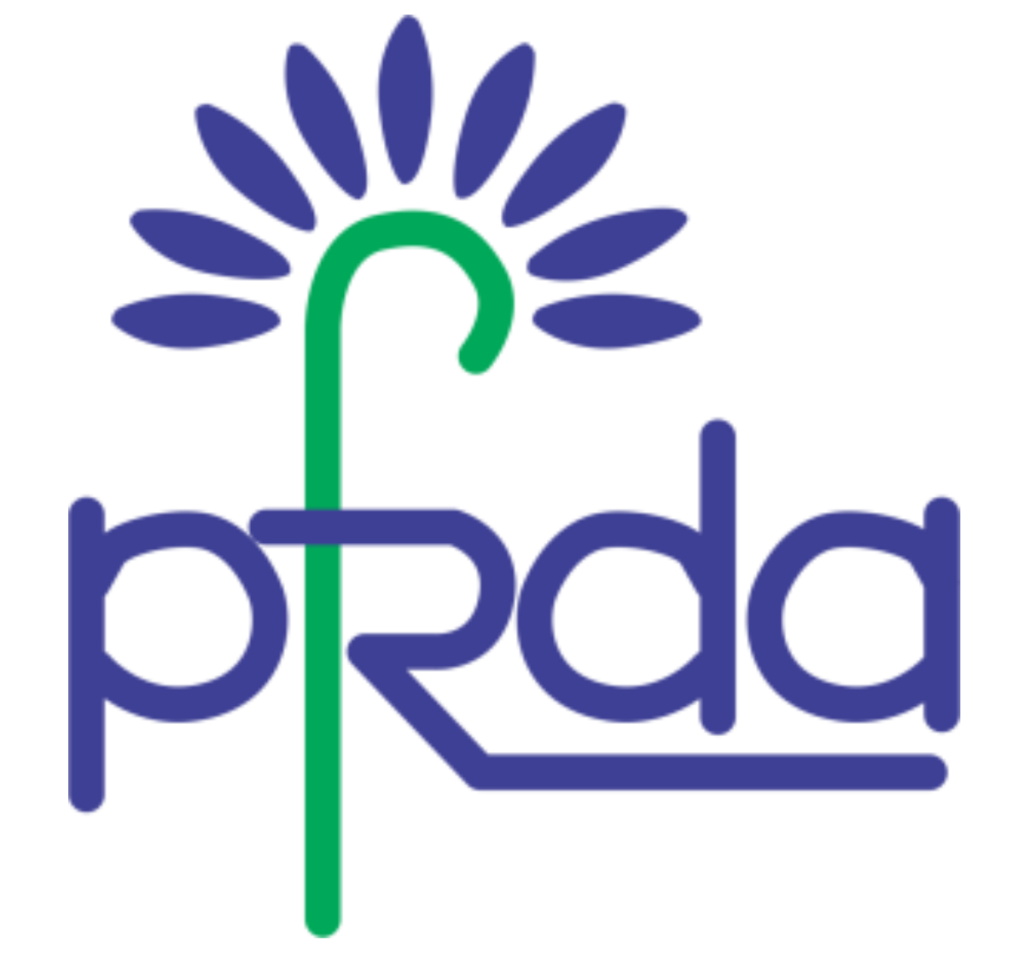
Introduction
“The Pension Fund Regulatory and Development Authority (PFRDA) is the top government body that looks after and manages the pension sector in India. It works to protect the interests of people who invest in pensions and helps ensure they have financial security in their old age. PFRDA’s main goal is to promote a safe, well-managed, and growing pension system. In this article, we’ll explore its history, what it does, why it’s important, the challenges it faces, and what the future might look like for PFRDA.”
About PFRDA
The Pension Fund Regulatory and Development Authority (PFRDA) is the government body that looks after and manages the pension system in India. It was first set up temporarily in 2003, but in 2013 it officially became a permanent body through the PFRDA Act, which started working fully in 2014. Its main job is to make sure the pension system runs smoothly, grows in a healthy way, and helps people have financial security when they retire.
History of PFRDA
Simply put, PFRDA was created to fill a big gap — most Indian workers, especially in the private and unorganized sectors, didn’t have any proper pension plans. Before it existed, pensions were mainly for government employees, which meant most people had no financial safety net after retirement. To fix this, the government launched the National Pension System (NPS) in 2004, making pension benefits available to everyone, not just government staff. PFRDA’s job is to manage, promote, and regulate this system so it works fairly, reaches more people, and lasts for the long run.
Role of PFRDA
PFRDA plays an important role in growing and managing the pension sector in India. Its importance can be seen through the different ways it works:
- Regulation of Pension Schemes:
- PFRDA looks after the National Pension System (NPS) and other pension plans to make sure they run smoothly and follow the rules.
- Promotion of Old-Age Security:
- By encouraging organized pension plans, PFRDA helps people have a regular income after retirement, whether they work in government, private companies, or the unorganized sector.
- Safeguarding Subscribers’ Interests:
- It ensures that everything in the pension sector is transparent, fair, and accountable so that subscribers’ money and interests are protected.
- Encouraging Financial Literacy:
- PFRDA spreads awareness about pension plans and motivates people to start planning for their retirement early.
- Market Development:
- It helps the pension market grow in an organized way by supporting new ideas and healthy competition among fund managers.
Powers and Functions of PFRDA
PFRDA has a wide range of powers and responsibilities, which include:
- Supervisory Role:
- To keep an eye on pension fund managers, record-keeping agencies, and trustee banks to ensure they work responsibly and remain accountable.
- To keep an eye on pension fund managers, record-keeping agencies, and trustee banks to ensure they work responsibly and remain accountable.
- Regulation and Promotion:
- To manage, promote, and make sure the National Pension System (NPS) and other pension schemes grow in an organized and smooth way.
- Subscriber Protection:
- To safeguard the interests of subscribers and make sure pension fund management is done in a transparent manner.
- Model Regulator:
- To serve as an example of a strong and effective regulatory body that promotes and supports the long-term growth of an organized pension system.
Challenges Faced by PFRDA
- Low Awareness Levels:
- Many people still don’t know about the benefits or even the existence of pension schemes like the NPS.
- Lack of Participation:
- People in the unorganized sector participate less because of low incomes and a lack of trust in formal financial systems.
- Operational Complexity:
- It’s challenging to manage rules and operations for so many different players, like fund managers, subscribers, and record-keeping agencies.
- Adoption Challenges:
- It’s not easy to convince private sector employers and individuals to start using organized pension schemes.
- Digital Penetration:
- Making pension services available in remote areas is hard, especially where digital knowledge and financial inclusion are low.
Way Forward
- Awareness Campaigns:
- Run campaigns across the country to teach people why retirement planning is important and explain the benefits of the NPS.
- Incentivizing Participation:
- Offer tax breaks and subsidies to low-income groups to motivate them to join pension schemes.
- Simplification of Procedures:
- Make the process of opening and managing pension accounts easier and more straightforward.
- Technological Integration:
- Use digital tools and mobile apps to make pension management more accessible and efficient.
- Focus on Unorganized Sector:
- Create special pension plans designed for workers in the unorganized sector so that everyone can be included.
- Strengthen Governance:
- Improve rules and regulations to ensure more transparency, accountability, and trust among all involved.
Conclusion
The Pension Fund Regulatory and Development Authority (PFRDA) plays a key role in shaping how pensions work in India. By solving existing problems and making the most of available opportunities, PFRDA can make pension schemes reach more people and work more effectively. This will help ensure that every citizen has financial security after retirement. In the long run, it will not only improve people’s lives but also strengthen the country’s economic stability.
FAQ’s
Is PFRDA a statutory body?
Yes, the Pension Fund Regulatory and Development Authority (PFRDA) is a statutory body established under the PFRDA Act, 2013, to regulate and develop the pension sector in India.
PFRDA under which ministry?
The PFRDA functions under the Ministry of Finance, Government of India, and oversees pension schemes like the National Pension System (NPS)
















